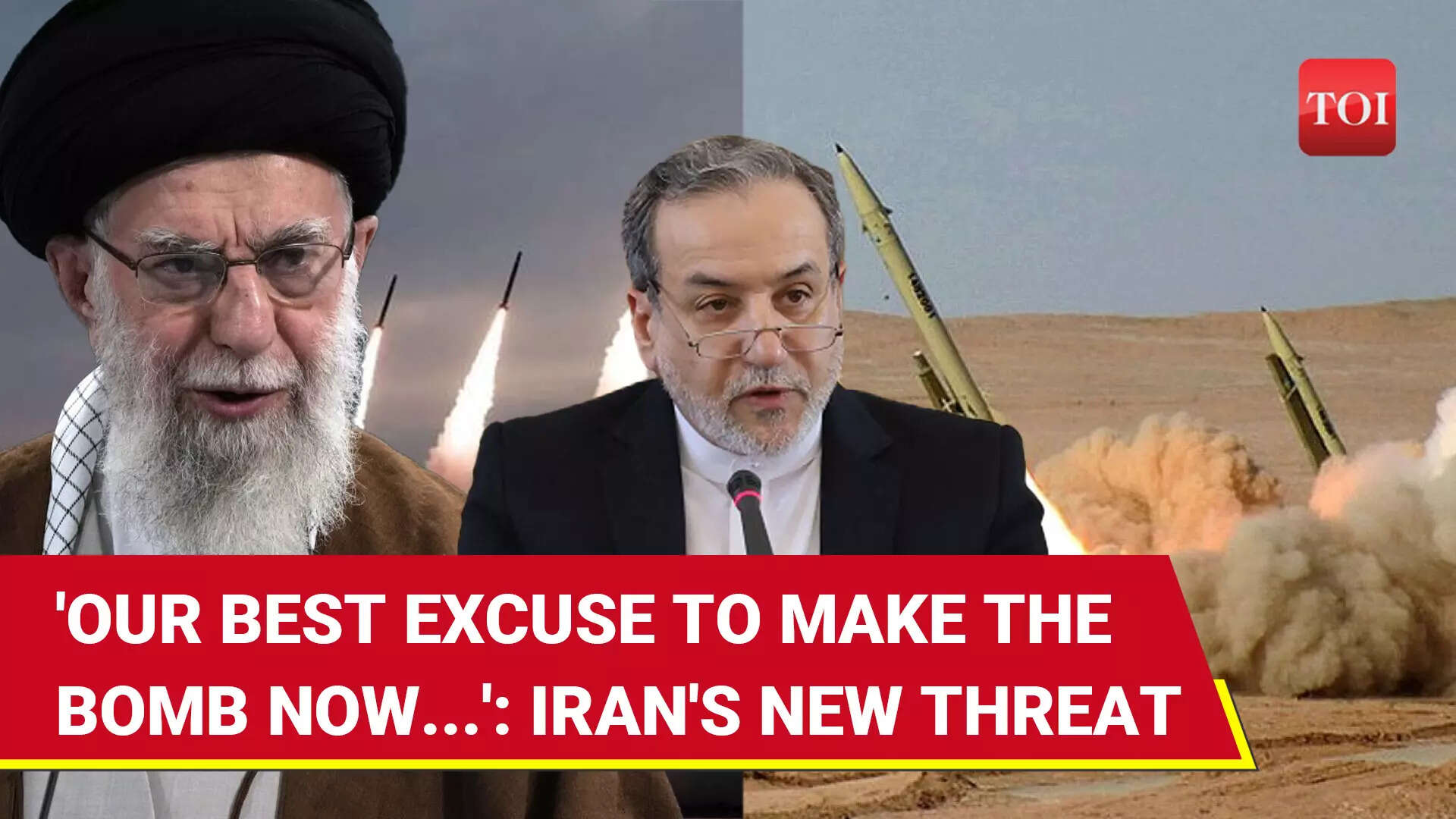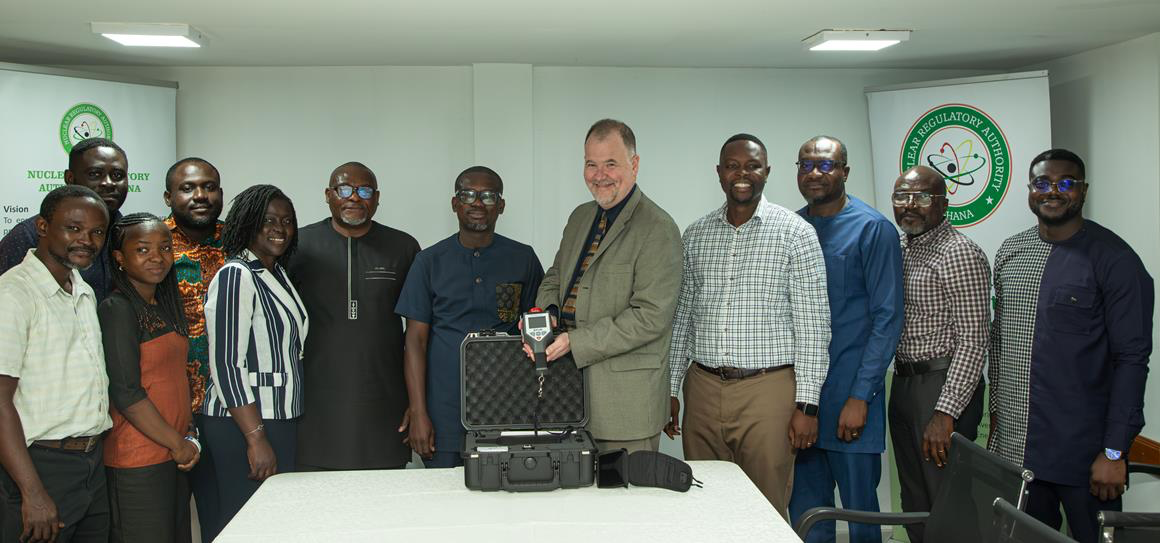Iran's Escalating Nuclear Program Concerns
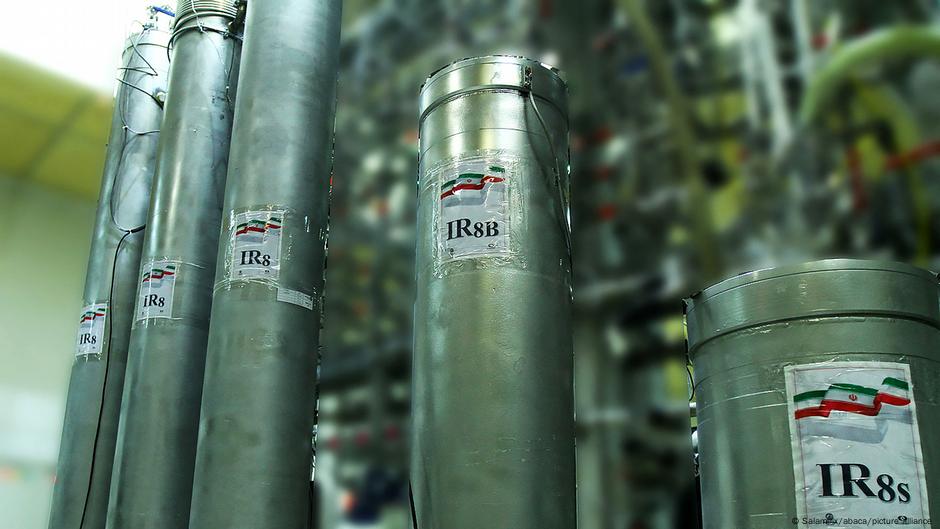
Iran has officially announced the suspension of its collaboration with the International Atomic Energy Agency (IAEA) following recent air strikes by the United States and Israel targeting its nuclear facilities. Parliamentary speaker Mohammad Bagher Ghalibaf stated that cooperation would be halted "as long as the security of Iranian nuclear facilities is not ensured," a decision that President Masoud Pezeshkian endorsed this Wednesday. The full implications of this measure, particularly regarding the IAEA inspectors who remained in Iran throughout the 12-day conflict, remain unclear. The Vienna-based UN agency is actively seeking further information on the condition of Iran's primary nuclear sites in Fordo, Isfahan, and Natanz, all of which were reportedly hit during the bombings. A key question also looms over Iran's continued commitment to the Non-Proliferation Treaty (NPT), the foundational agreement for global arms control, especially after its safeguarded facilities were attacked.
Kelsey Davenport, the Director for Nonproliferation Policy at the Arms Control Association think tank, noted to DW that the attacks on facilities under IAEA safeguards, without evidence of weaponization, are fueling an internal debate in Iran about the NPT's continued security value. Prior to the Israeli strikes, the IAEA had issued warnings about Iran being the only non-nuclear weapon state enriching uranium to near weapons-grade levels, possessing enough material for several nuclear bombs. However, the agency concurrently stressed that it had no "proof of a systematic effort to move into a nuclear weapon."
The history of Tehran's nuclear program is extensive and complex, dating back to the 1950s under Shah Mohammad Reza Pahlavi. The program began as part of the US President Dwight D. Eisenhower's "Atoms for Peace" initiative, which sought to provide civilian nuclear technology to various nations. Iran joined the IAEA in 1958, a year after its establishment, leveraging the offer to lay the groundwork for its nuclear ambitions. Conceived as a national prestige project, Iran aimed to boost electricity production, develop its own nuclear fuel supply independently of foreign suppliers, and reduce its reliance on oil and gas. In 1970, Iran solidified its commitment by signing the Non-Proliferation Treaty, which permits the civilian use of nuclear energy under IAEA supervision.
The 1979 Islamist Revolution plunged Iran into disarray, leading to the cessation of US nuclear fuel deliveries for the Tehran research reactor. The subsequent eight-year war with Iraq, which commenced in 1980, saw Western companies, including German firms, withdraw their cooperation from Iran's nuclear projects. Interestingly, in the early 1980s, rumors of Iraq's nuclear weapon development led Israel to bomb Iraq's Osirak nuclear reactor in 1981, reportedly utilizing intelligence provided by Iranian secret services. After the Iran-Iraq war concluded in 1988, Iran initiated efforts to import technology from countries like Pakistan, China, and Russia to advance its uranium enrichment capabilities and develop its own nuclear fuel. The regime viewed the nuclear program as a crucial symbol of the nation's strength and its capacity for high-tech endeavors. Iranian officials have consistently acknowledged Tehran's potential to develop a nuclear weapon in an emergency scenario. Akbar Etemad, widely recognized as the father of Iran's nuclear program, maintained that no nation had the right to dictate another's nuclear policy, a stance he upheld even after the 1979 revolution. Fereydoun Abbasi, who headed Iran's atomic agency until his recent death in Israeli air strikes, publicly stated Iran's need for the ability to quickly achieve weapons-grade enrichment if the government deemed it necessary.
International concerns regarding Iran's nuclear activities escalated in 2003 when IAEA inspectors and satellite surveillance suggested a possible secret military nuclear program. This prompted Germany, the UK, and France to initiate negotiations with Iran, aiming to establish stricter controls over its program with IAEA assistance. After 12 years of extensive talks, a comprehensive nuclear agreement, the Joint Comprehensive Plan of Action (JCPOA), was reached in 2015 involving the US, China, Russia, and the three European powers. However, in 2018, US President Donald Trump unilaterally withdrew his country from the JCPOA, seeking a "better deal." In response, Iran gradually scaled back its commitments, commencing high-level uranium enrichment in 2019. Presently, Iran reportedly possesses approximately 400 kilograms of highly enriched uranium and operates numerous advanced centrifuges for processing the radioactive element.
Despite US assertions that Iran's nuclear program has been "obliterated" by the strikes, many experts caution that Iran retains the capability to rebuild its nuclear facilities. Jeffrey Lewis, a non-proliferation expert at the Middlebury Institute of International Studies, told DW that "there are many facilities that were not struck" and that Iranians "retain a significant capability to restart their nuclear program and make a nuclear weapon if that's what they want to do." Mehrdad Farahmand, an Iranian-born reporter, suggested that Iran is unlikely to compromise in a wartime situation, viewing it as a sign of weakness, which could be a major impediment to renewed diplomacy. Looking ahead, Kelsey Davenport posited that Iran's strategic outlook will likely be influenced by the historical examples of Libya and North Korea. She explained that Moammar Gadhafi's decision to abandon Libya's nuclear weapons program and return to NPT good standing was followed by his overthrow by Western-backed forces. In contrast, North Korea left the NPT in 2003, developed its nuclear arsenal, and its regime, under Kim Jong Un, remains firmly in power. This stark contrast, Davenport suggested, could lead advisors around Iran's supreme leader to argue for the necessity of nuclear weapons for self-defense against further attacks.
You may also like...
Africa's Silent Killer: Unmasking the Looming Non-Communicable Disease Crisis
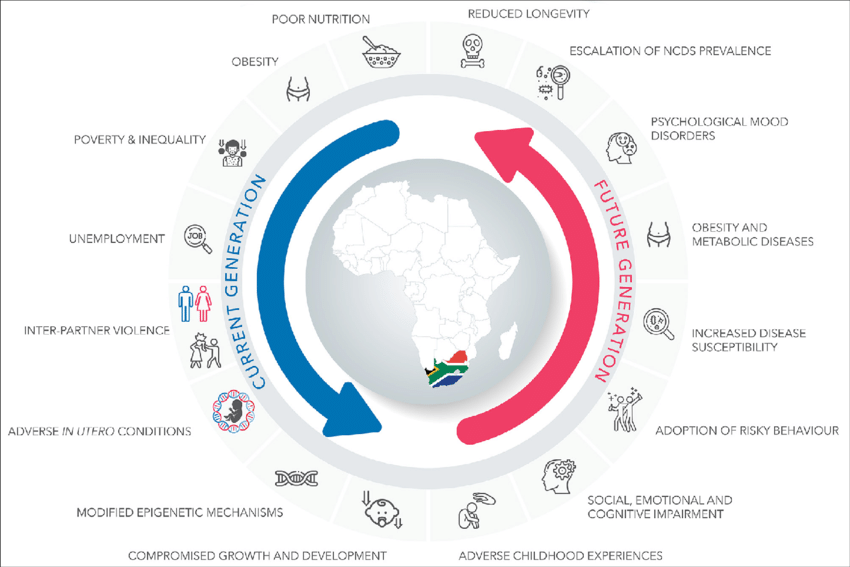
Beyond infectious diseases, Africa faces a silent killer: surging rates of diabetes, hypertension & cancer. Uncover this...
OPINION: WHY KINDNESS IS NO LONGER ENOUGH IN TODAY'S WORLD
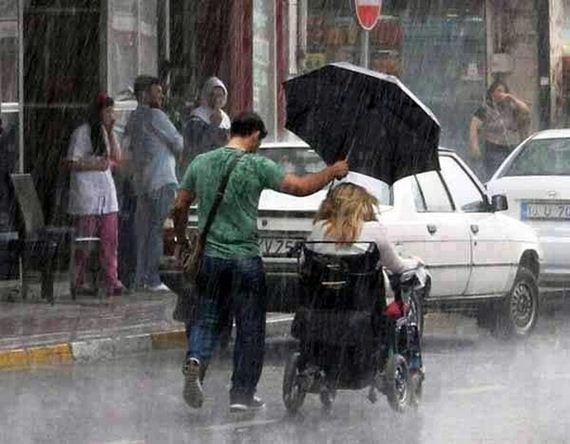
In a world overwhelmed by injustice, violence, and performative virtue, kindness has been reduced to aesthetics and slog...
From Drumbeats to Downloads: How African Storytelling Evolved Through Music and Media

From village griots to viral podcasters, discover how African storytelling has evolved through music, film, and digital ...
Textiles, Trade, and Transformation: How African Fabric Became a Global Business Icon
(1).jpeg)
Discover how African textiles, from Ghana’s Kente to Tanzania’s Khanga, evolved from ancient trade goods to global fashi...
Why A Company's Networth Doesn't Predict Success in Africa
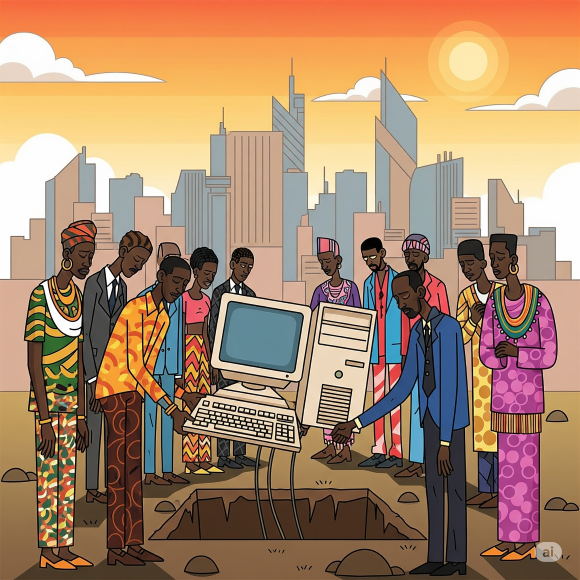
There’s a familiar buzz every time an African startup announces a big funding round—“$80 million secured!” It feels like...
We Were Never in Leaves: An African Loom & the Civilisation We Wove
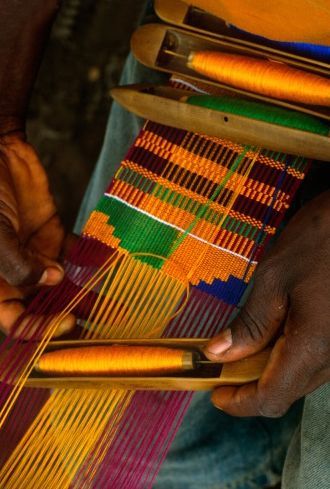
Before colonialism, African communities had thriving textile cultures, complex weaving traditions, and rich cloth econom...
Revving into the Future: Nigeria’s Formula 1 Dream Inches Closer
.jpeg)
Nigeria is accelerating toward a historic milestone with plans to host West Africa’s first Formula 1-standard racing fac...
If You’re a Gamer, Then Morocco Is Building the Ideal Country for You
.jpeg)
Discover how Morocco is transforming into a digital hub, where gaming meets cultural expression, innovation, and youth e...
